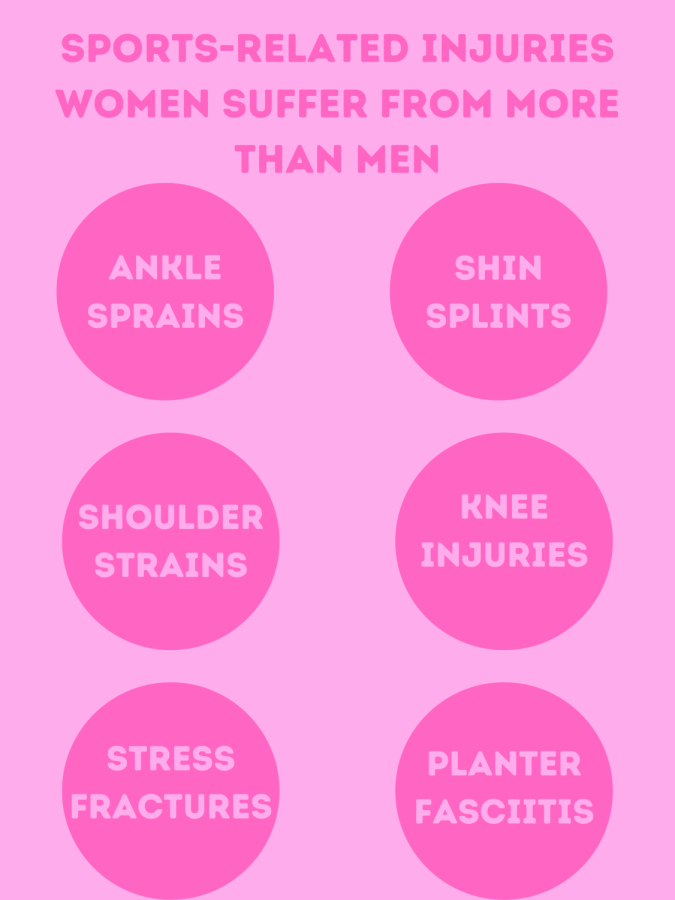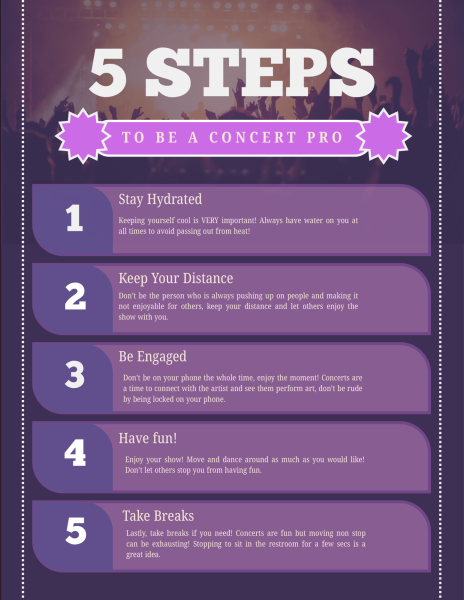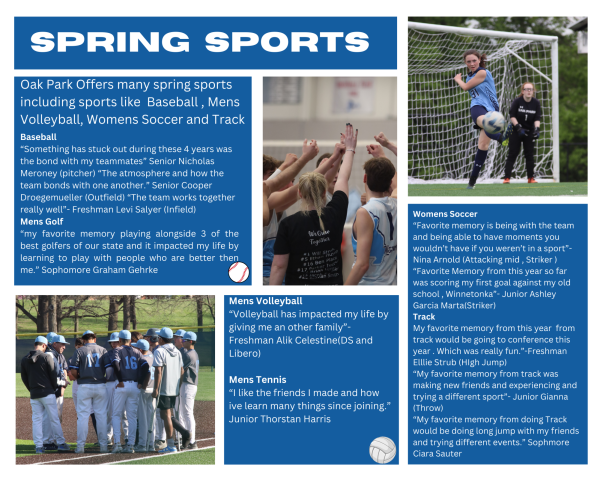Gender Gap in Sports Injuries
Women are more likely than men to suffer these sports-related injuries.
An ACL tear can be a devastating injury to any athlete, taking them out of competition for upwards of 12 months. However the prevalence of this injury is somewhat overlooked, especially to female athletes who are six times more likely to suffer from an anterior cruciate ligament, ACL-related, injury, than their male counterparts.
This trend doesn’t stop with the ACL, even an ankle sprain, the most common sports-related injury for both male and female athletes is more common in women than men. This simply starts with the biological differences between males and females.
According to the Harvard Medical School, there are a combination of factors making female athletes more prone to an injury as compared to a male athlete, including a female would have greater flexibility, higher estrogen levels, less muscle mass, and a wider pelvis which alters the alignment of the knee and ankle.
On top of those already mentioned, these athletes have to face the “female athlete triad” which is the relationship between menstrual dysfunction, low energy availability, and decreased bone mineral density. There are also other biologically predisposed conditions affecting female athletes including narrower shoulders, shorter extremities, wider hips, the combination of strong quadriceps and weak hamstrings, and less core strength.
In order to prevent these injuries from occurring, male and female athletes alike should participate in injury preventative measures such as weight training.
“We teach athletes how to warm up with a combination of dynamic warm up drills and dynamic flexibility drills to prepare their bodies for competition. Then we strengthen muscles and joints through power lifts and balance exercises,” volleyball coach and strength and conditioning teacher Candace McCall said.
Strength training benefits athletes not only because it makes them stronger and more explosive in competition, it also helps to prevent injury. As an athlete builds muscle, it acts as a layer of protection to tendons and ligaments, so they are less affected by the stress of competition and less likely to tear.
However sports injury prevention is not a one-size fits all situation. Due to the biological differences of male and female athletes, female athletes have to train differently than their male counterparts. This necessity may hinder the athlete as most “generalized” group workouts or exercises are catered towards the males as opposed to the physiology of female athletes.
Because of the way female athletes are genetically made, for example the combination of strong quadriceps and weaker hamstrings causes imbalance of the athlete as they have less control because their leg doesn’t support their knees properly leading to knee injuries.
This problem means that when trying to prevent injury or training in general, female athletes more than male need to focus more on hamstring-concentrated exercise as opposed to solely quadricep-concentrated in order to balance the leg’s strength and support as well as help prevent knee-related injury.
Though preventative measures can be taken in an attempt to not suffer an injury, nothing can truly keep someone from the possibility of getting hurt in competition. The best that an athlete can do is incorporate exercises for injury prevention and listen to their body.
“My advice is to not auto pilot through workouts in the weight room,” McCall said. “Workouts, including the warm up, should be done with focus and intention.”
Lili Everley is a senior in the Health and Wellness pathway. She plans to attend college next year studying kinesiology on a pre-athletic training track...











